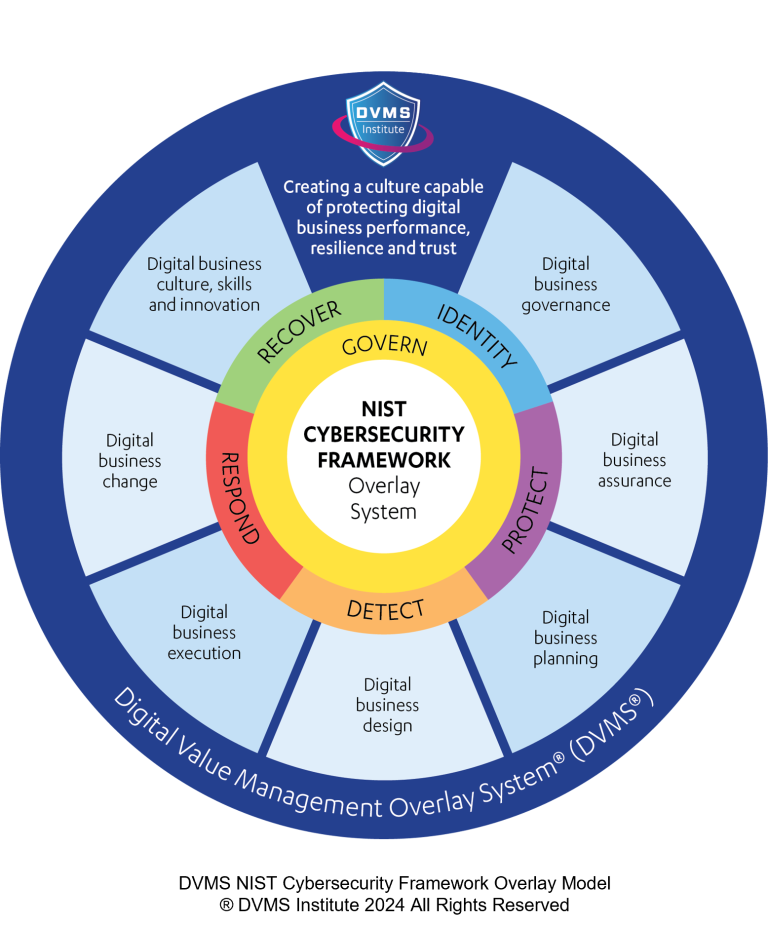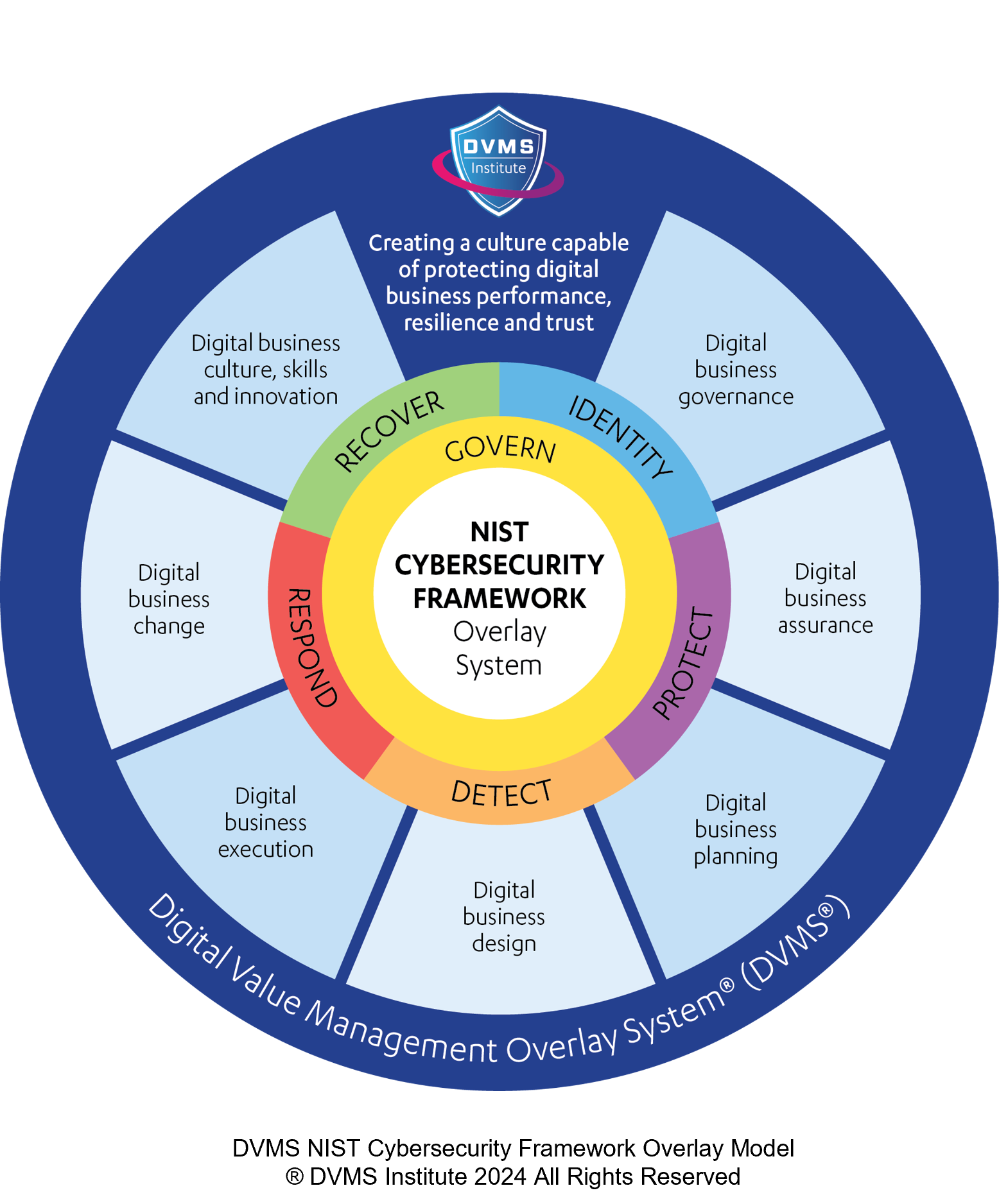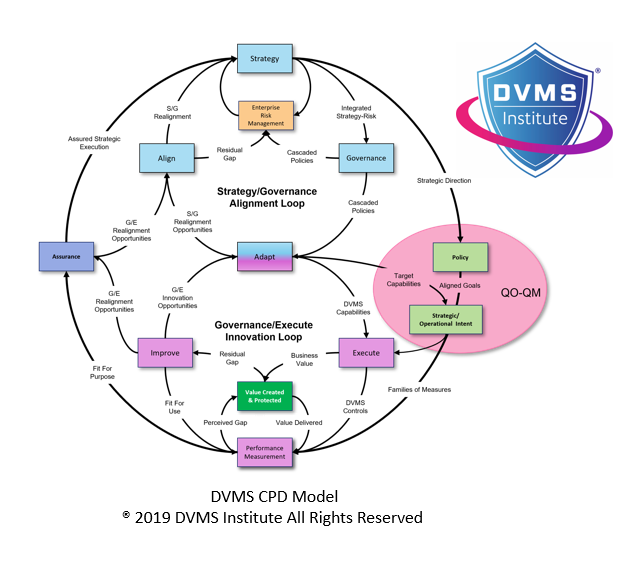NIST Cybersecurity Framework and Australia’s Security of Critical Infrastructure (SOCI) Act: A Complementary Partnership
Rick Lemieux – Co-Founder and Chief Product Officer of the DVMS Institute
The convergence of digital transformation and the escalating threat landscape has underscored the imperative for organizations, particularly public companies, to bolster their cybersecurity posture. Two foundational frameworks, the National Institute of Standards and Technology (NIST) Cybersecurity Framework (CSF) and the Securities and Exchange Commission (SEC) Cybersecurity Rules, offer complementary approaches to addressing this challenge. While distinct in their origins and specific mandates, these frameworks converge to create a robust cybersecurity ecosystem for public companies.
The NIST CSF, a voluntary framework, provides a comprehensive methodology for organizations to assess and enhance their cybersecurity capabilities. It employs a risk-based approach, focusing on identifying, protecting, detecting, responding to, and recovering from cyber incidents. The CSF’s flexibility allows for adaptation across diverse industries, rendering it a valuable resource for organizations seeking to strengthen their cyber defenses.
In contrast, the SEC Cybersecurity Rules impose specific disclosure requirements on public companies, mandating transparency around cybersecurity risk management, strategy, governance, and incidents. The rules aim to enhance investor protection by providing critical information about organizational cybersecurity practices and the potential impact of cyber incidents on its business.
While the NIST CSF offers a foundational framework for building a solid cybersecurity program, the SEC Cybersecurity Rules provide a regulatory impetus for public companies to implement and disclose their cybersecurity efforts. The two frameworks are not mutually exclusive but complement each other, creating a synergistic relationship.
The NIST CSF can be a roadmap for public companies to develop and mature their cybersecurity programs. By aligning their cybersecurity initiatives with the CSF, companies can demonstrate a systematic approach to managing cyber risks, which is essential for complying with the SEC’s disclosure requirements. The CSF’s focus on risk assessment and management can help companies identify and prioritize the cybersecurity risks most likely to impact their business and investors.
Moreover, the SEC Cybersecurity Rules incentivize public companies to invest in robust cybersecurity programs. The rules create a strong business case for improving cybersecurity defenses by requiring disclosure of cybersecurity incidents and related risks. Companies that demonstrate a proactive approach to cybersecurity are more likely to attract investor confidence and mitigate financial losses from cyberattacks.
The SEC Cybersecurity Rules also encourage effective governance and oversight of cybersecurity risks. The rules promote a culture of cybersecurity accountability by mandating the involvement of the board of directors in cybersecurity matters. This aligns with the NIST CSF’s emphasis on organizational leadership and commitment to cybersecurity.
Furthermore, the SEC Cybersecurity Rules and the NIST CSF share a common goal of enhancing investor protection. By providing transparent information about cybersecurity risks and incidents, public companies can help investors make informed decisions. By providing a framework for building a resilient cybersecurity program, the CSF can contribute to this goal by reducing the likelihood of cyberattacks and their associated financial impacts.
The NIST Cybersecurity Framework and the SEC Cybersecurity Rules form a powerful partnership in safeguarding public companies from cyber threats. The CSF provides a comprehensive roadmap for building a solid cybersecurity program, while the SEC rules impose specific disclosure requirements that drive cybersecurity improvement. These frameworks create a robust cybersecurity ecosystem that benefits companies and investors by working in tandem.
About the Author

Rick Lemieux
Co-Founder and Chief Product Officer of the DVMS Institute
The DVMS Institute teaches organizations of any size, scale, or complexity an affordable approach to mitigating cyber risk to protect digital business performance, resilience, and trust.
Rick has 40+ years of passion and experience creating solutions to give organizations a competitive edge in their service markets. In 2015, Rick was identified as one of the top five IT Entrepreneurs in the State of Rhode Island by the TECH 10 awards for developing innovative training and mentoring solutions for boards, senior executives, and operational stakeholders.
® DVMS Institute 2024 All Rights Reserved



